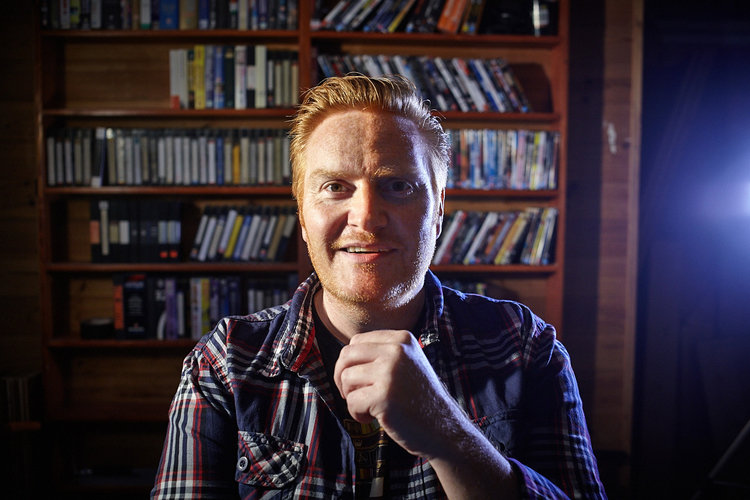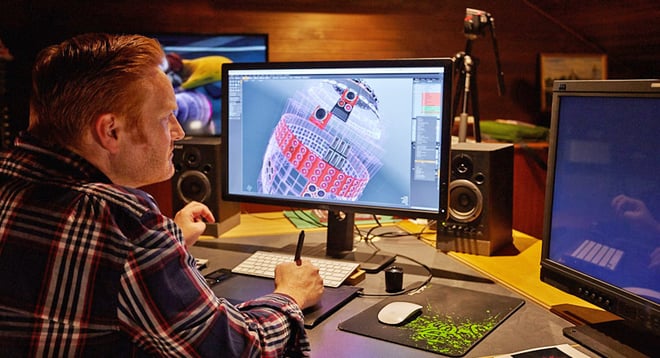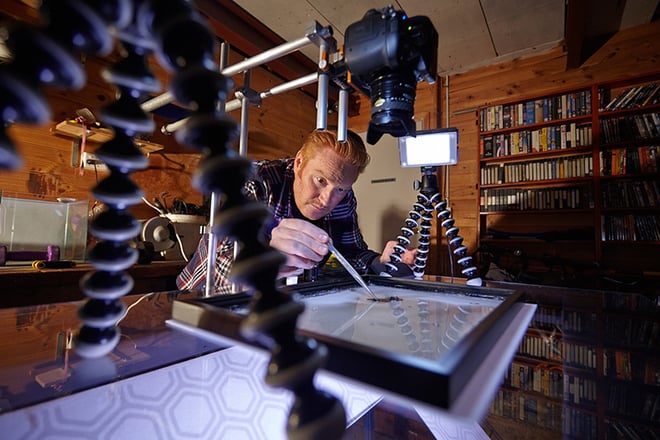Where do you look for inspiration?
One early inspiration was the legendary make-up effects artist Dick Smith who sadly died very recently. His perfectionism, professionalism, and perhaps more importantly his willingness to share his secrets so completely, had a profound effect on me. In a similar vein so did the great Ray Harryhausen. I love film so I am constantly watching; be it old classics or new movies. Obviously I’m inspired by current designers and studios like Psyop, Imaginary Forces and Antibody, but I think it’s because they manage to combine a technical excellence with sound ideas. You are born creative, but you can learn to be technical. And a technically minded creative is a very powerful combination. A great example of that wicked combo is Gmunk (Bradley G Munkowitz) whose work never fails to impress. For my 3D work, just looking outside of the screen at the real world is the best inspiration. And whenever I start a new project I find immersing myself in as much information as possible about the subject is the best inspiration.
Do you follow any blogs?
I don’t really follow many blogs, which is desperately old fashioned isn’t it? I may dip into fcp.co or Philip Bloom’s site once in a while, but it’s not something I actively set time aside to do. But I am a visual learner so I do constantly search for tutorials on YouTube or Vimeo to expand my knowledge about software I am using, or just how other people approach similar projects. Once I see someone doing something it sticks. The wealth of knowledge out there is truly astounding and I find I am constantly learning. I have recorded one or two tutorials myself and it’s something I really enjoy doing, and I’d like to do more of it in the future. I think it’s important to share knowledge especially when you have been doing it for as long as I have.
What separates a good motion designer from a great one?
Ideas are key to great motion design or indeed design in general. Without a solid idea all you have is surface, and more often than not just more noise. Anyone can learn techniques and the web is full of very same-y stuff that people try to pass off as design. To rise above the noise it’s important to engage the viewer emotionally, and ideas are paramount to that connection. Ideas are what makes something memorable and that’s what differentiates really great design from just the average. An eye for aesthetics is also key and often the best motion designers have a distinct vision that is rarely diluted by committee. Any video production benefits from there being a trusting relationship between the client and the producer.




